|
Thrush is something that at one time or another all horse owners will likely have to deal with. It is not a product of neglectful horse care, nor is it a product of unsanitary living environment etc. Thrush is a combination of bacteria and fungus that can eat away at the frog tissue in the hoof. These bacteria and fungus are more prominent in wet conditions and thrive in moist ground, but can also be a problem in dry conditions. In the image above you will see the healthy frog on the right, the thrush infected frog on the left. You will notice that the central sulcus, the area at the rear of the frog in the middle, in the healthy hoof is just a small indent, but in the affected hoof it is a deep crack. This is the first area that thrush usually starts to affect. What happens is the the thrush eats away at the healthy tissue and creates a "home" for itself within the sulcus of the frog. The deeper the crack, the better the hiding spot for the thrush to thrive and eat more healthy tissue. It is a vicious cycle and can be extremely hard to beat once it gets to this advanced stage. Minor surface thrush is much easier to deal with. Some ratty tags on the frog, or a small infection of the central sulcus can usually be treated with diligent hoof picking and 2-3 times a week topical treatments with Artimud and/or HoofStuff. More severe thrush can take weeks or even months to clear up and can require soaking, booting and even diet/nutrition changes. So why is thrush an issue? At the start with a minor case, thrush doesn't really alter the horse in any way. If we catch it early enough and treat it then it is a non issue. If thrush persists and manages to eat into the frog tissue deeper it can cause the horse to feel some sensitivity when loading the back of their hoof and can cause them to land flat or toe first as opposed to heel first as they are intended to land. Horses land heel first in order to use the frog and its underlying structure, the digital cushion, to absorb impact and dissipate energy vibrations. When the horse alters its movement and doesn't land heel first that impact energy travels up the leg into the joints, shoulders/hip and back and causes excess strain on the body. This can create a cascade effect that can significantly affect the performance of the horse and in serious cases can even lead to lameness. When the thrush eats through the frog and into the sensitive digital cushion it is extremely painful for the horse. The hoof and its outside structures are designed to protect, and are insensitive structures, meaning they do not have nerves and blood supply directly within them. The nerve receptors and blood supply are located within the sensitive structures: the digital cushion, solar corium and lamina. So this means that a minor surface infection of the frog really won't cause much pain, however once the thrush eats into the digital cushion it is in fact an open wound of the horse, and is painful when impacting the ground. The horse then alters their movement to avoid loading the frog as much as possible. This is an issue because of the previously mentioned strain on the body, but also because healthy frog tissue is generated because of positive impact forces, and without the horse loading the frog it won't receive these forces. This creates a long term problem as the frog and digital cushion will atrophy over time due to lack of stimulation and will alter the shape of the hoof capsule. You then have a significant reduction of impact energy dissipation and a horse that is absorbing that impact in their joints, therefore more prone to develop arthritis and other joint related conditions. The pictures below show you the severity of a thrush infection once it gets into the digital cushion. These cadavers have the outside structures removed and the one on the left has an infection so deep that a hoof pick can be inserted into the crack approx 1/2 an inch. This is a deep open wound for the horse and extremely painful. The cadaver on the right shows a healthy digital cushion with a normal central sulcus without infection. So what can we do about it? For minor infections treating topically is easy. Your local tack store will have several products available that are designed to kill the harmful bacteria and fungus that cause thrush. My personal word of of caution would be to read the ingredients label on those products. What you want is something that will kill the harmful bacteria and fungus, but not the healthy tissue. A lot of commercially made thrush products have ingredients like formaldehyde, formalin, turpentine etc. These substances are toxic to healthy tissues and will indeed kill the thrush but also the regenerating frog tissue. My favorite thrush products are made by Red Horse and are Artimud and HoofStuff. Think about a deep thrush infection like an open wound on your own skin. Use products that will keep it clean but also encourage healthy growth. Products such as antibacterial wound scrubs used in human medicine, as well as barrier creams and ointments. My personal method for treating for this type of infection is as follows:
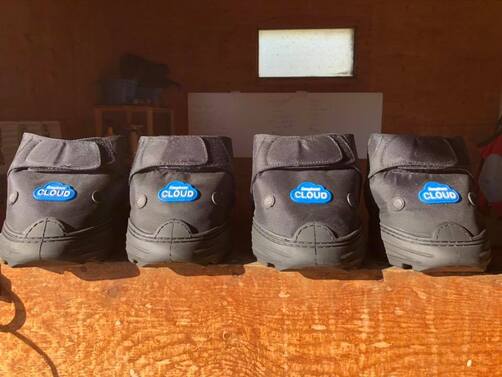 Easyboot Cloud therapy boots are also a great rehab boot. I sometimes use these if I need more protection for the hoof and a thicker padding. These are not suitable for riding so it makes them strictly a turnout/therapy boot. If you are looking for Cloud boots contact me as I can special order them.
2 Comments
Joan E Trabucco
8/8/2022 06:56:25 pm
Do you make mule sizes Eazy boot cloud Thank you for our help
Reply
Dayna Muller
2/23/2024 11:42:23 pm
Thank you so much for this article! I only wish I had discovered this info sooner. I've been dealing with chronic thrush for months and my horse has been fussy with both front feet. Now I know why.
Reply
Leave a Reply. |
AuthorKristi Luehr is a barefoot trimmer/farrier, author, and founder of the Okanagan School of Natural Hoof Care. She is certified by the Canadian Farrier School as well as the Oregon School of Natural Hoof Care, and also has certification in equine massage and dentistry. Her focus is to educate owners about hoof anatomy, function and proper barefoot trimming that supports and grows healthy and functional hooves specific to each horse's individual needs. She is the author of three online courses specific to hoof care and is always striving to create more educational content for students to learn from. Archives
May 2024
|
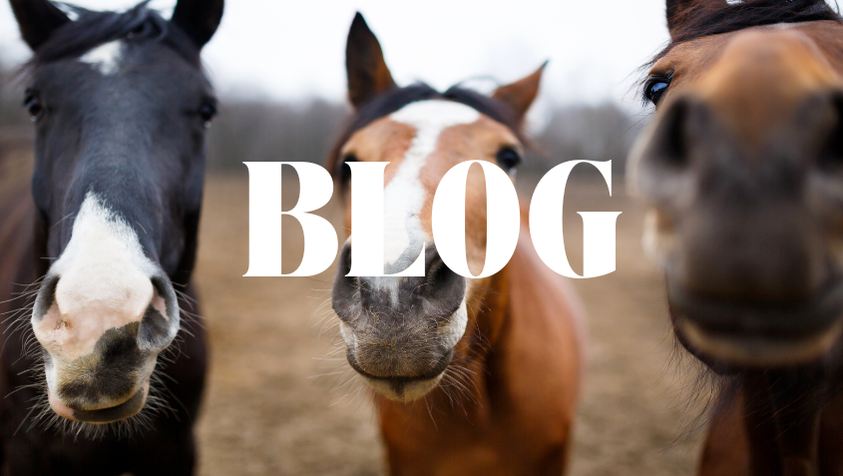
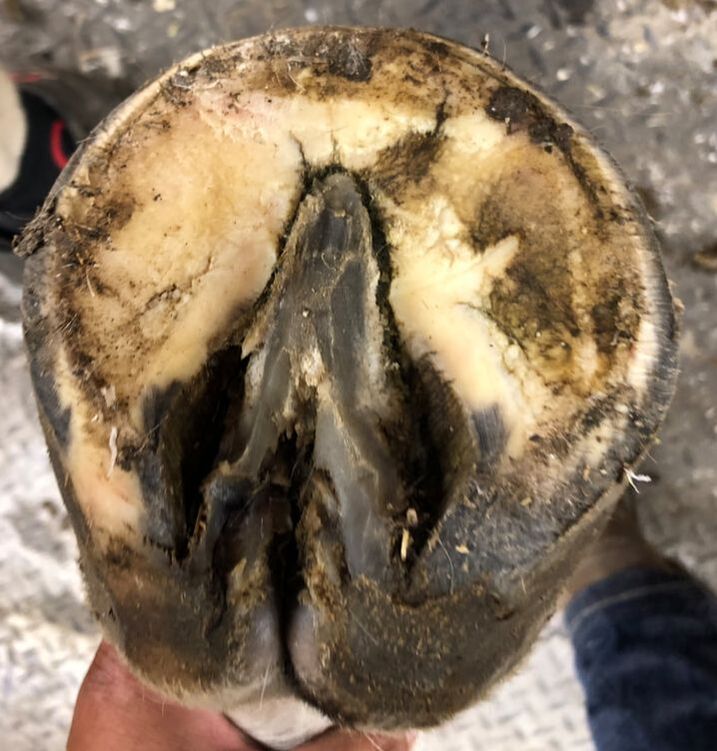
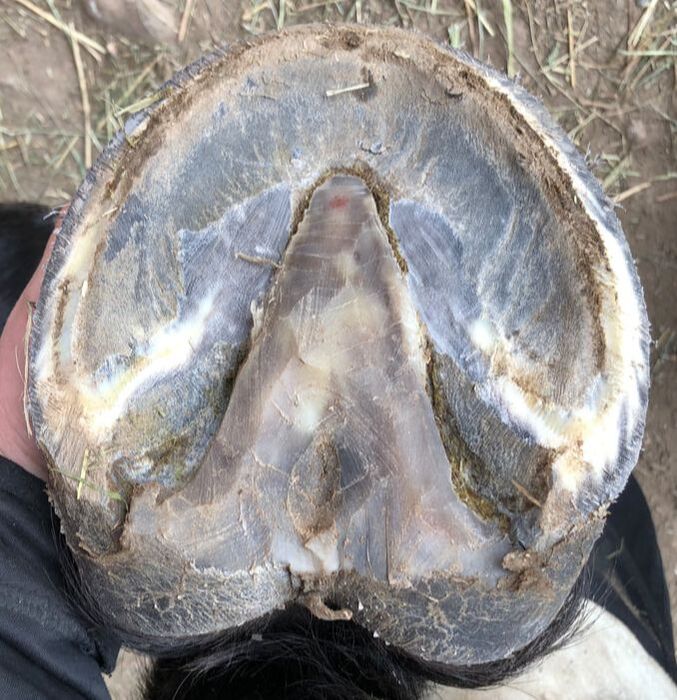
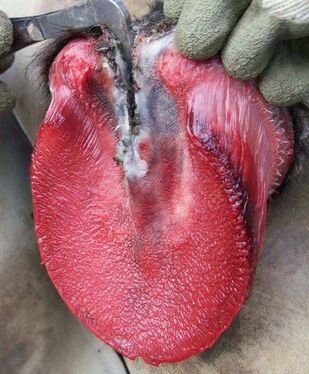
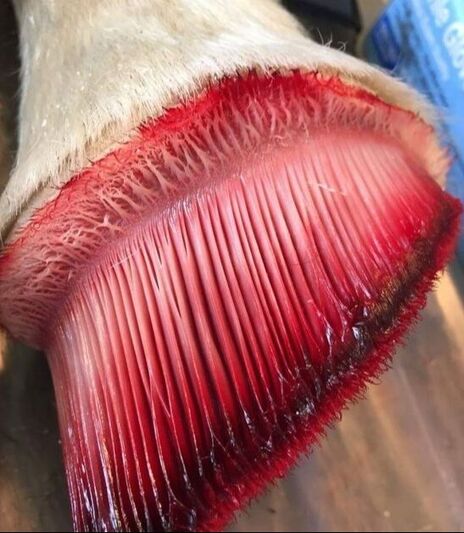
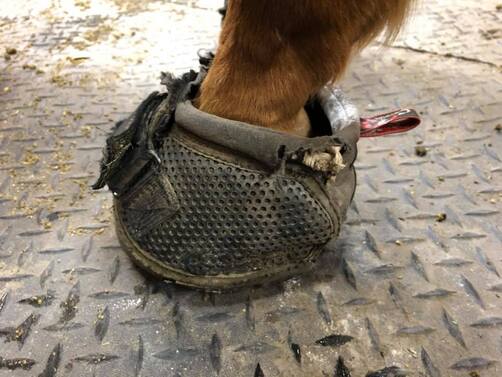
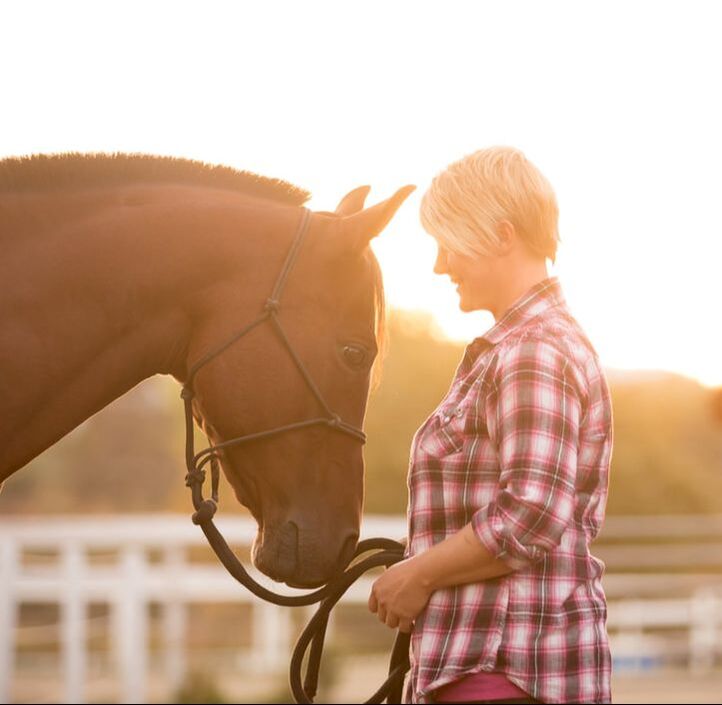
 RSS Feed
RSS Feed
